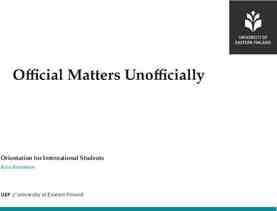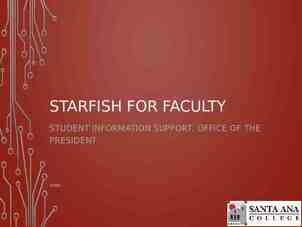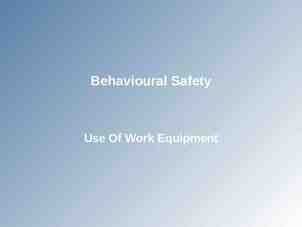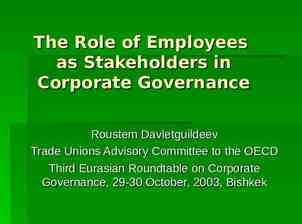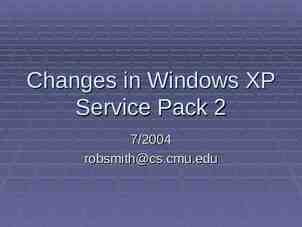Job Hunting: Escape from the Pile! Jimmy Renfro, M.Ed.
24 Slides1.88 MB

Job Hunting: Escape from the Pile! Jimmy Renfro, M.Ed. Assistant Director, Career Services Lauren Griffin, M.S. Student Development Coordinator, Career Services

Tennis, anyone?

How some employers see it

Format CV or Not CV? That is the question!

The Curriculum Vitae Literally means “Life Story.” More of an exhaustive listing of all educational and work experiences and accomplishments. Includes more detailed history of research, publications, organizations, and community service. Not specific to a particular job/position. Does not tell employer what you are applying for. More commonly used in academia and medicine.

Preparing a Resume 1. 2. 3. 4. 5. 6. Open a Word Document and pick a readable font 10-12 pt. (Times New Roman, Arial, Palatino Linotype) Put your Full Name at the Top of the Page Add your Contact Information (this is your Address, Phone, E-mail) Add your About Me “Objective” (What kind of job do I want?) Add your School(s) “Education” Add your Work “Employment” 7. 8. 9. “Led organization of over 100 people to success” “Facilitated improvement in efficiency by 36%” Add your Interests “Involvement” Add any Specialized Computer or Technical Skills Add any Leadership or Volunteer Experience

Do’s & Don’ts Do’s Don’ts Put your name & page # at the top of each page Begin phrases with action verbs Provide detail about your accomplishments (focus on results) Provide insight into your work ethic & how you will be as a colleague Give reasons why you left a job Include personal information (SSN, DOB, picture, etc.) Lie or “exaggerate” Begin phrases with “I” Use complete sentences Include references

Format Counts Use bullets, indents, bold, italics with intent Consistency counts! Difference between: 2005-2007 and 2005– 2007 NEEDS TO GET YOU OUT OF THE PILE!

Types of Resumes Chronological Functional/Skill Based

Samples

Accomplishments/Results Develop accomplishments/results statements, using the SOAR method: S tatement of action: What did you do? O ccurrence of Action: Daily, weekly, monthly, yearly.? A mount of Action: 19, 50, over 100.? R esults of Action: Increased, decreased, saved, taught, implemented.?

Examples Selected as freshman orientation counselor; acclimated 150 new students to college environment. Innovated blood drive volunteer system, which increased student participation by 20%. Overhauled social organization recruitment program, which achieved national record for 75% membership increase. Cartoonist for small newspaper which publishes 4 times a week. Initiated leadership change program for 140 middle and senior level managers. Led 8 member project team that collected leadership data from 500 employees. Formulated banking method that decreased teller outage by 60%. Maintained 40% net profit margin in retail sales over two year period. Redesigned paint system resulting in annual savings of 60,0000. Trained over 200 insurance agents in the legal, ethical, and regulatory aspects of insurance and securities sales. Increased departmental sales by 25% in first three months as manager.

Please don't

The Curriculum Vitae http://www.hsc.unt.edu/departments/StudentAffairs/CareerServices/CV.cfm

Questions ?

Functions of a Cover Letter Introduces yourself Tells the employer what type of position you are seeking Gives you an opportunity to impress the prospective employer by showcasing your knowledge about the company and/or its industry and express how your skills, interests, and/or experience match the needs of the organization Entices the reader to learn more about you by reading your resume Provides or expands your resume objective and shows how well you express yourself Serves as a small window into your personality that makes the employer feel he or she simply must get to know you better.

Anatomy of a Cover Letter First (Introductory) Paragraph Introduce yourself/why I am seeking you What I am seeking/type of position Second (Selling) Paragraph(s) What I can do you for you today Matching qualifications/knowledge of company Final (Closing) Paragraph What I want: An interview! Specific, direct, and persistent

Types of Cover Letters Invited Cover Letter is written in response to an advertised opening, whether in a newspaper, trade publication, on the Internet, or on the company's web page. Uninvited or Cold–Contact Cover Letter is a letter written to a targeted organization you are interested in working for but have not publicly advertised an open position (see Informational Interview). Referral Letter is an extremely effective type of cover letter that springs from networking efforts. The referral letter uses a namedropping tactic as early as possible in the letter to attract the reader's attention and prompt an interview.

Sample Cover Letter

Narrowing Your Search

Reality Check 1 in 200 resumes result in a job offer.

Class Assignment 1. CV *or* Resume Organization/readability (absence of cluttering graphics) Action verbs/industry terms Specific/Quantifiable accomplishments Clear job seeking/career path Succinct 2. Cover Letter Readable/organized (clear message) References job/organization Engaging/personable/inviting Summarizes qualifications Asks for interview

Contact For Job Search, Interviewing and Professionalism information, please contact: Jimmy Renfro Assistant Director, Career Services (817) 735-2501 [email protected] http://www.hsc.unt.edu/departments/StudentAffairs/CareerServices/

“Fort Worth’s Medical School and MORE!”

